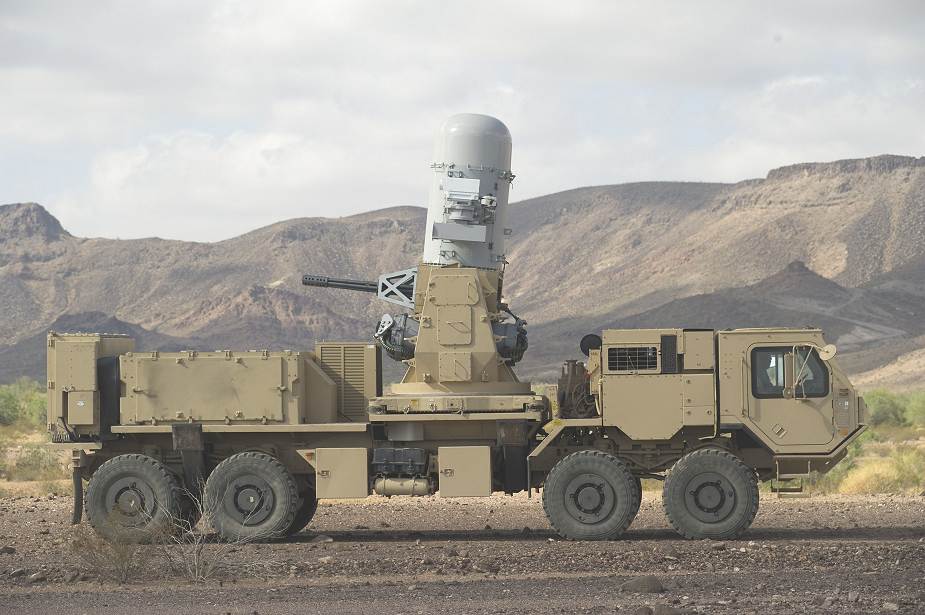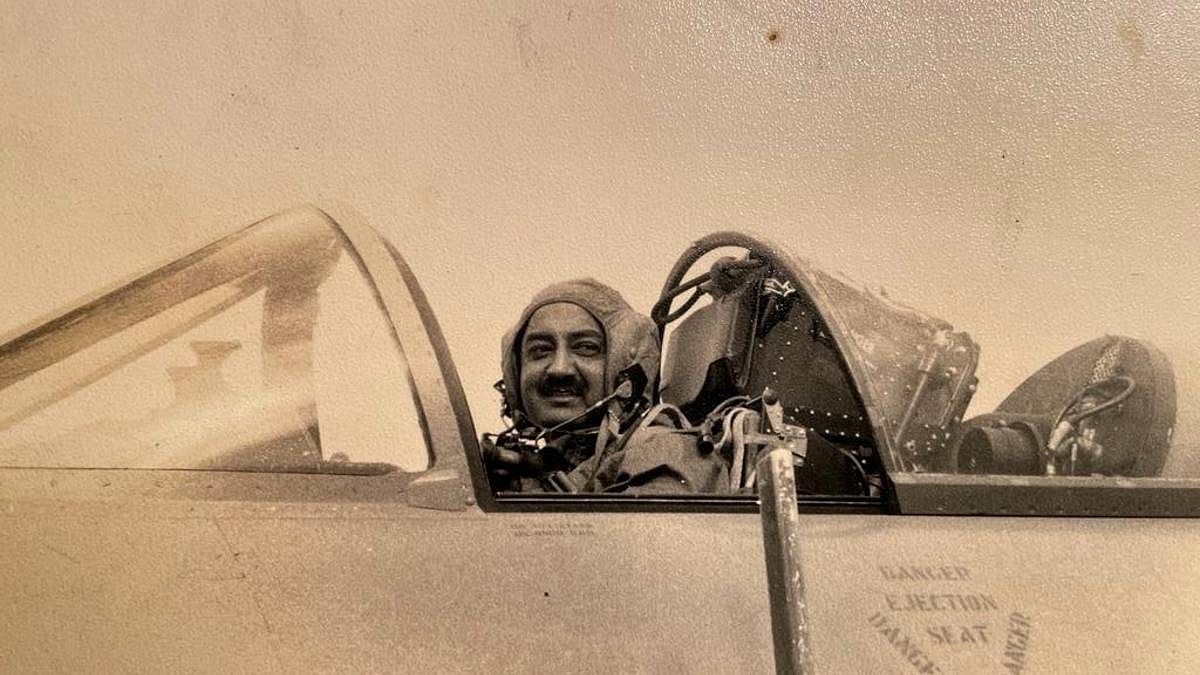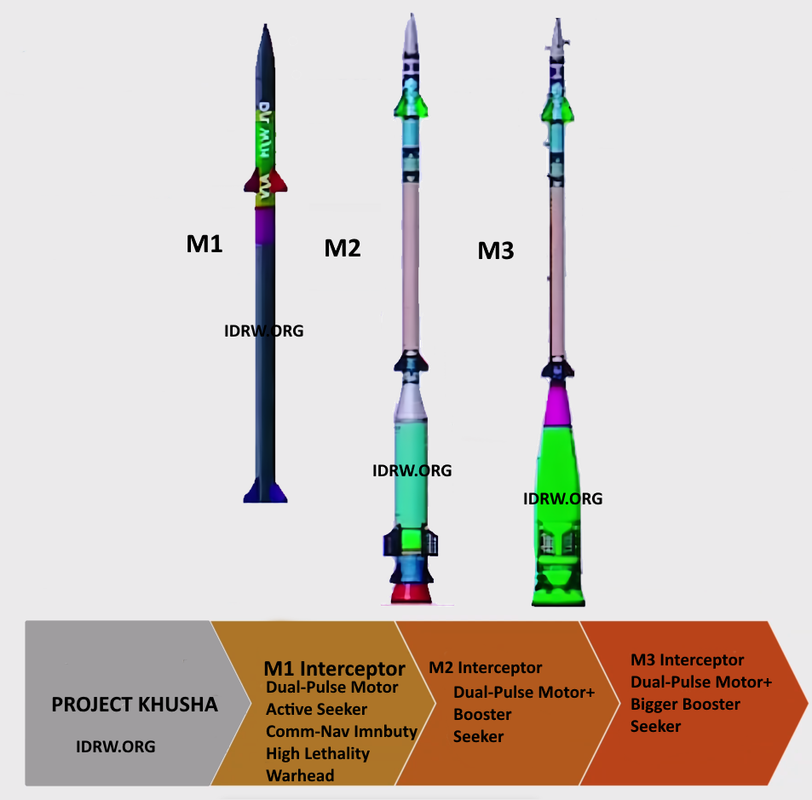SOURCE: AFI


In recent years, the escalating use of drones in modern warfare has transformed the security landscape along India’s volatile borders with Pakistan. The increasing frequency of Pakistani drone incursions, particularly along the Line of Control (LoC) and the international border in Punjab and Jammu, underscores the urgent need for India to develop or acquire a Counter-Rocket, Artillery, and Mortar (C-RAM) type system tailored to neutralize these aerial threats. Such a system would significantly enhance India’s ability to safeguard its airspace and protect critical military and civilian infrastructure from drone-based attacks.
Drones have emerged as a strategic tool for Pakistan, employed for both kinetic operations—such as targeted strikes—and non-kinetic activities, including smuggling drugs, arms, and counterfeit currency across the border. The 2021 drone attack on the Jammu Air Force Station, where low-flying drones dropped improvised explosive devices (IEDs), exposed vulnerabilities in India’s air defense against small, commercially available unmanned aerial vehicles (UAVs). More recently, during the 2025 India-Pakistan tensions following Operation Sindoor, Pakistan launched hundreds of drones, including Turkish-made models, to target Indian military installations across 15 locations, from Srinagar to Bhuj. These incidents highlight Pakistan’s growing reliance on drone swarms to test India’s air defense systems and gather intelligence.
Continue readingSOURCE: AFI


India’s indigenous Integrated Drone Detection and Interdiction System (IDD&IS MK1), also known as D4, has emerged as a pivotal asset in the nation’s air defence arsenal. Developed collaboratively by the Defence Research and Development Organisation (DRDO) and Bharat Electronics Limited (BEL), this laser-based anti-drone system demonstrated exceptional performance during the recent Operation Sindoor, effectively neutralizing multiple low radar cross-section (RCS) drones deployed by Pakistan.
These capabilities enable the system to detect, track, and neutralize drones with minimal radar signatures, ensuring comprehensive protection against aerial threats.
Continue readingSOURCE: AFI


Group Captain Suranjan Das (1920–1970), one of India’s most revered test pilots, left an indelible mark on the nation’s aerospace history through his fearless contributions to the Indian Air Force (IAF) and Hindustan Aeronautics Limited (HAL). As Chief Test Pilot at HAL, Das played a pivotal role in the development of India’s first indigenous fighter aircraft, the HF-24 Marut, and was instrumental in the acquisition of iconic aircraft like the Canberra, Hunter, and Mystere for the IAF.
Tragically, his life was cut short on January 10, 1970, during a test flight of an HF-24 prototype, but his legacy endures, honored by the posthumous conferment of the Padma Vibhushan, India’s second-highest civilian award. This article explores Das’s extraordinary career, his contributions to Indian aviation, and the enduring impact of his sacrifice.
Continue readingSOURCE: IDRW.ORG


Srinivasagopalan Rangarajan, Chairman and Managing Director of Data Patterns, a leading Indian defense electronics company, recently shared a significant milestone with Hindu BusinessLine. “Just 3-4 weeks ago, our seekers were flight-tested in BrahMos as part of missile trials by DRDO, and it was a textbook performance,” Rangarajan announced, highlighting the success of Data Patterns’ indigenous seeker technology in the prestigious BrahMos supersonic cruise missile program.
In missile systems, the seeker is a critical component responsible for detecting and tracking targets, ensuring precision strikes even in complex combat scenarios. The flawless performance of Data Patterns’ seeker during the Defence Research and Development Organisation’s (DRDO) recent trials underscores the growing capability of India’s private defense sector in delivering cutting-edge technologies for strategic programs.
Continue readingSOURCE: IDRW.ORG


In a landmark step toward achieving self-reliance in defense manufacturing, the Indian Navy signed a ?270 crore project sanction order with Kirloskar Oil Engines Limited (KOEL) on April 2, 2025, for the design and development of a 6MW medium-speed marine diesel engine. This contract, executed under the Make-I category, not only aims to reduce India’s dependence on imported high-capacity diesel engines but also lays the foundation for a scalable 3-10MW engine family, with KOEL confidently asserting its capability to develop a 10MW, 20-cylinder variant based on the V12, 6MW design.
This initiative, celebrated as a pivotal moment for India’s defense industrial ecosystem, will power the propulsion and generation systems of Indian Navy and Indian Coast Guard vessels, strengthening maritime security in the Indian Ocean Region (IOR).
Continue readingSOURCE: AFI


The Chakra Dialogues Foundation (CDF), a think tank established by former Indian Air Force (IAF) pilot Wing Commander Satyam Kushwaha (Retd), has released a comprehensive report detailing the strategic and operational losses incurred by the Pakistan Air Force (PAF) during India’s Operation Sindoor in April-May 2025.
Leveraging real-time intelligence, surveillance, reconnaissance (ISR) data, cross-verified media reports, and classified budgetary tenders, the report provides a high-confidence estimate of the damages sustained by the PAF, pegging the total financial impact at $3.35732 billion USD.
Continue readingSOURCE: AFI


The Indian Ministry of Defence (MoD) is poised to greenlight the bulk procurement of the indigenously developed Smart Anti-Airfield Weapon (SAAW), a precision-guided glide bomb designed by the Defence Research and Development Organisation (DRDO). This move comes amid heightened regional tensions, with unverified claims of the weapon’s use in a recent strike on Pakistan’s Rahim Yar Khan airbase, underscoring its strategic importance.
The SAAW is a lightweight, long-range precision-guided munition designed to neutralize enemy airfield infrastructure, including runways, taxi tracks, radars, bunkers, and aircraft hangars, with a range of up to 100 kilometers. Weighing approximately 125 kilograms, the SAAW is equipped with advanced navigation systems, including satellite-based INS-GPS and, in its latest iterations, an electro-optical (EO) seeker with Imaging Infrared (IIR) technology for enhanced precision. The weapon’s ability to strike targets with a Circular Error Probable (CEP) of less than 15 meters makes it a potent tool for the IAF to engage high-value targets from a safe distance, minimizing exposure to enemy air defenses.
Continue readingSOURCE: AFI


In a significant leap forward for India’s defense technology, the country has developed a cutting-edge Satellite Navigation System (SNS) Jammer capable of blocking signals from China’s BeiDou navigation system, alongside other global navigation systems like GPS, GLONASS, Galileo, and NavIC. This development marks a strategic advancement in India’s electronic warfare capabilities, aimed at enhancing national security amid growing geopolitical tensions in the region.
The SNS Jammer, developed by India’s defense research ecosystem, is designed to generate RF jamming signals that can disrupt the functioning of satellite navigation systems. According to details from Accord Software & Systems, a key player in this project, the jammer is equipped with a modular architecture featuring multiple cards to target dual frequencies across all constellations, including BeiDou. This flexibility ensures that the system can adapt to future GNSS (Global Navigation Satellite System) signals through additional plug-in hardware, making it a forward-looking solution for India’s defense needs.
Continue readingSOURCE: AFI


The Indian Air Force (IAF) has long been a formidable force in South Asia, equipped with advanced platforms like the Sukhoi Su-30MKI, Dassault Rafale, and indigenous Tejas fighters. However, its approach to cross-border operations against Pakistan, particularly in response to terrorist activities, has often followed a predictable pattern: striking terror targets while allowing the Pakistan Air Force (PAF) to retain its operational capabilities.
This strategy, which prioritizes hitting terrorist infrastructure over neutralizing Pakistan’s air defenses, has given the PAF opportunities to respond, regroup, and challenge India’s air superiority. It is time for the IAF to adopt a bolder, more decisive approach—prioritizing the destruction of PAF’s long-range radars, AWACS platforms, and other critical assets before targeting terror camps, rather than granting Pakistan’s air force an “off-ramp” to recover.
Continue readingSOURCE: AFI


An old video, purportedly from a tense border clash in the Chumi Gyatse (Dongzhang) region of Arunachal Pradesh, has resurfaced and gone viral on social media, capturing a dramatic yet comical encounter between Indian Army troops and two soldiers from China’s People’s Liberation Army (PLA). The footage, believed to be from the pandemic-era skirmishes along the Line of Actual Control (LAC), shows two PLA soldiers attempting to hide in bushes with grenades in their mouths, seemingly in a desperate bid to evade capture.
In stark contrast, the Indian soldiers, unfazed by the situation, can be heard delivering a series of humorous taunts, including phrases like “No go! Ben de lode, sit, sit!” and “Momo la rha h, momo!”—a lighthearted jab referencing the popular steamed dish associated with Chinese cuisine.
Continue readingSOURCE: RAUNAK KUNDE / NEWS BEAT / IDRW.ORG


Bharat Electronics Limited (BEL), a leading Indian defense public sector undertaking, has reaffirmed its commitment to accelerating product development and system readiness for critical defense projects. At the forefront of its efforts is Project Kusha, a strategic initiative led by the Defence Research and Development Organisation (DRDO) aimed at bolstering India’s air defense capabilities.
BEL has outlined an ambitious timeline for the development of Project Kusha, which focuses on creating an advanced indigenous long-range surface-to-air missile (SAM) system. According to BEL, the company is prioritizing prototype development, with completion expected within the next 12 to 18 months. This phase will be followed by user trials, projected to span an additional 12 to 36 months, depending on the outcomes of rigorous testing and validation processes.
Continue readingSOURCE: RAUNAK KUNDE / NEWS BEAT / IDRW.ORG


The Indian Air Force (IAF) is on the cusp of a significant capability upgrade as the indigenous Light Combat Aircraft (LCA) Tejas Mk1A, already seen flying with the French AASM HAMMER (Highly Agile Modular Munition Extended Range), nears the completion of trials to certify its use in combat scenarios. The AASM HAMMER, a precision-guided munition developed by Safran Electronics & Defense, offers a 70-kilometer range and is designed for close air support (CAS), precision strikes, and suppression of enemy air defenses (SEAD).
Already integrated with the IAF’s Rafale jets, the HAMMER’s adoption by the Tejas Mk1A strengthens India’s air combat capabilities, particularly in the context of regional tensions with Pakistan and China.
Continue readingSOURCE: RAUNAK KUNDE / NEWS BEAT / IDRW.ORG


At The Week Defence Conclave, Venkat Raju, Managing Director of VEM Technologies, delivered a compelling assessment of India’s readiness to develop indigenous fighter jet engines, highlighting the nation’s strides in technology, manufacturing, and strategic imperatives. Raju’s remarks underscored both the potential and the challenges in achieving self-reliance in this critical defense sector.
Raju emphasized that India has made significant progress in key areas essential for engine development. “We have gained significant expertise in system engineering, integration, and process automation,” he stated. The Indian industry has matured in its understanding of advanced materials, bolstered by extensive experience in building test equipment and leveraging a pool of highly skilled engineers. Design and analytical tools have reached high levels of efficiency, enabling faster and more accurate simulation of engine performance. Precision manufacturing capabilities are now well-established, positioning India to produce critical components and equipment with confidence.
Continue readingSOURCE: AFI


The Philippine Marine Corps (PMC) has taken a significant step toward enhancing its coastal defense capabilities with the operationalization of a dedicated BrahMos Missile Storage Facility, as revealed in recent photos circulating on social media. The images, was shared by @oyasumichunmoo
on X, showcase the BrahMos Supersonic Anti-ship Missile System, a cornerstone of the Philippines’ military modernization program. The second batch of these advanced missiles arrived from India in April 2025, marking a milestone in the $375 million defense deal signed in January 2022 between Manila and New Delhi
The BrahMos missile, a joint venture between India’s Defence Research and Development Organisation (DRDO) and Russia’s NPO Mashinostroyeniya, is one of the world’s fastest supersonic cruise missiles, capable of reaching speeds of Mach 2.8 (approximately 3,400 km/h). With a range of 290 kilometers for the export variant, it can be launched from land, sea, air, or submarine platforms, making it a versatile weapon for anti-ship and land-attack roles. The Philippine Marine Corps’ Shore-Based Anti-Ship Missile (SBASM) Battalion, part of the Coastal Defense Regiment, operates these systems, which are mounted on mobile autonomous launchers tailored for the Philippines’ tropical terrain.
Continue readingSOURCE: AFI


Hindustan Aeronautics Limited (HAL) stands at a critical juncture in India’s quest for self-reliance in defence aviation. With the global aerospace landscape rapidly shifting toward stealth and unmanned platforms, HAL’s immediate priority should be the accelerated development of the Hindustan Turbo Fan Engine (HTFE-25), a 25 kN thrust-class engine designed for light combat aircraft, trainers, and unmanned systems.
This indigenous engine is pivotal to powering a range of advanced platforms, including loyal wingman drones, stealth bombers, and other next-generation systems, which are essential for India to counter emerging threats from adversaries like China and Pakistan. Fast-tracking the HTFE-25 will not only bolster India’s air combat capabilities but also reduce dependence on foreign suppliers, aligning with the “Aatmanirbhar Bharat” initiative.
Continue reading